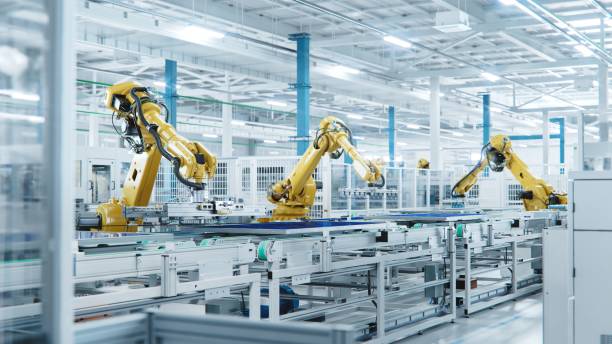Spotlighting the Digital Renaissance in Artistic Expression
Art is an ever-evolving entity, continuously reinventing itself, adapting to societal changes, and drawing from technological advancements. In the recent decade, we've seen a digital renaissance, a surge in new, innovative forms of artistic expression propelled by technology. This phenomenon has drastically altered the landscape of the arts and entertainment industry, birthing new genres and platforms while redefining traditional ones.

Tracing the Genesis: Art Meets Technology
The union of art and technology is not a novel notion. In fact, it dates back to the advent of photography and film—two forms birthed by technology that have revolutionized artistic expression. However, the surge of digital technology in the late 20th century heralded a seismic shift, leading to the advent of digital art. It started with simple pixel art and digital illustrations, but as technology advanced, so did the complexity and scope of digital art.
Today’s Landscape: The Digital Renaissance
Fast forward to the present day, and we are witnessing a digital renaissance in the arts and entertainment industry. This movement is marked by the rise of various forms such as virtual reality art, augmented reality installations, digital painting, and 3D modeling, among others. Artists are increasingly leveraging technology in their creation process, resulting in immersive and interactive art experiences that transcend traditional boundaries.
The Impact: A Paradigm Shift in Artistic Expression
This digital renaissance has not just added new forms to the artistic repertoire, but has fundamentally altered the way art is created, distributed, and consumed. Artists can reach global audiences instantly through digital platforms, bypassing traditional gatekeepers. Consumers, on the other hand, can interact with art in new and exciting ways, often participating in the creation process itself. This democratization of art has sparked a paradigm shift, blurring the line between creator and consumer.
The Future: A New Era of Artistic Innovation
The digital renaissance is still in its nascent stages, and its full potential is yet to be realized. As technology continues to evolve at a breakneck speed, it will undoubtedly usher in an era of unprecedented artistic innovation. From AI-generated art to virtual reality performances, the future of art is digital, and the possibilities are boundless.
In conclusion, the digital renaissance in artistic expression marks a significant turning point in the arts and entertainment industry. It embodies the marriage of creativity and technology, pushing the boundaries of what is possible in art. As we move forward, this movement will continue to redefine our understanding of art, shaping a future where artistic expression is as boundless as our imagination.




